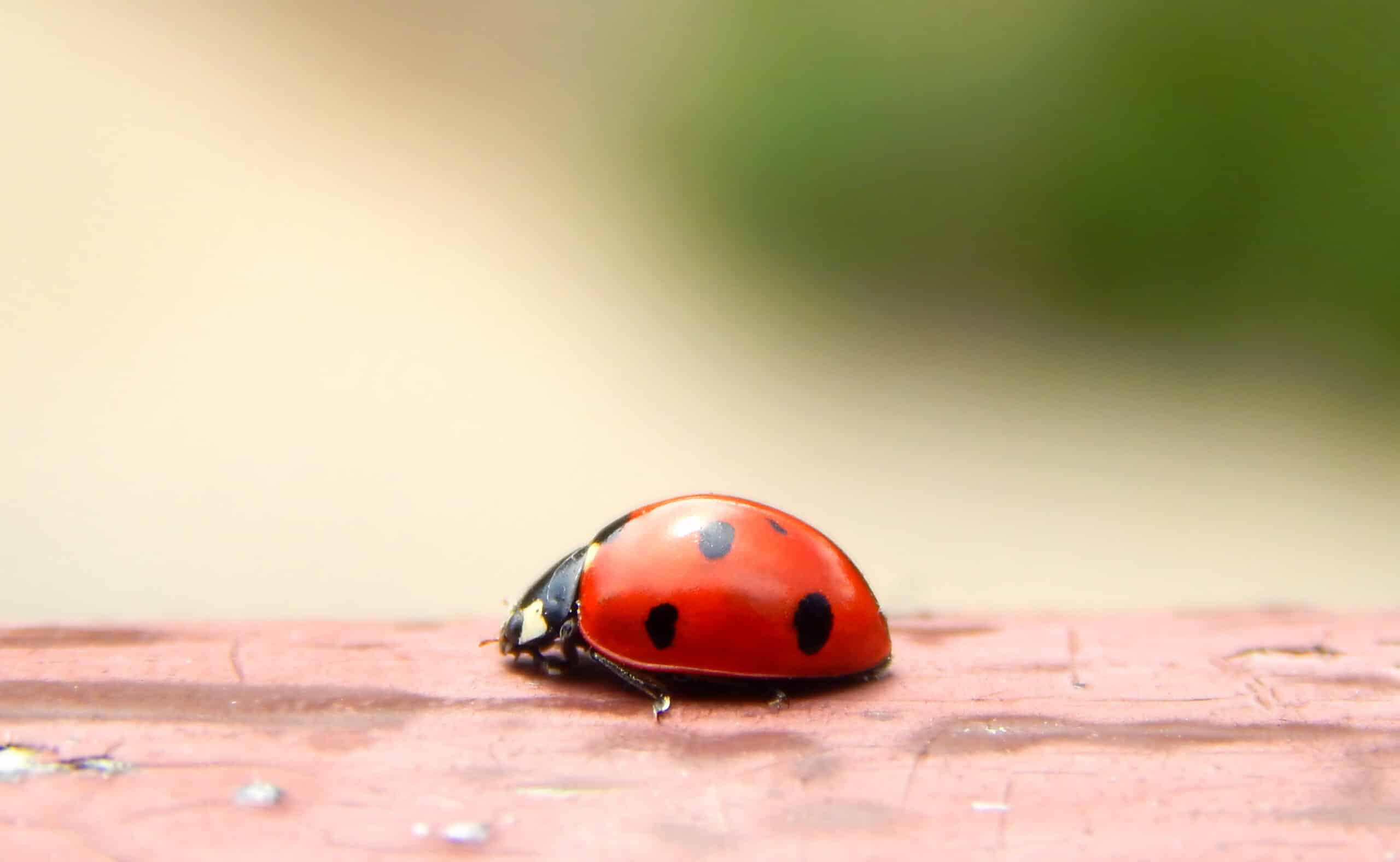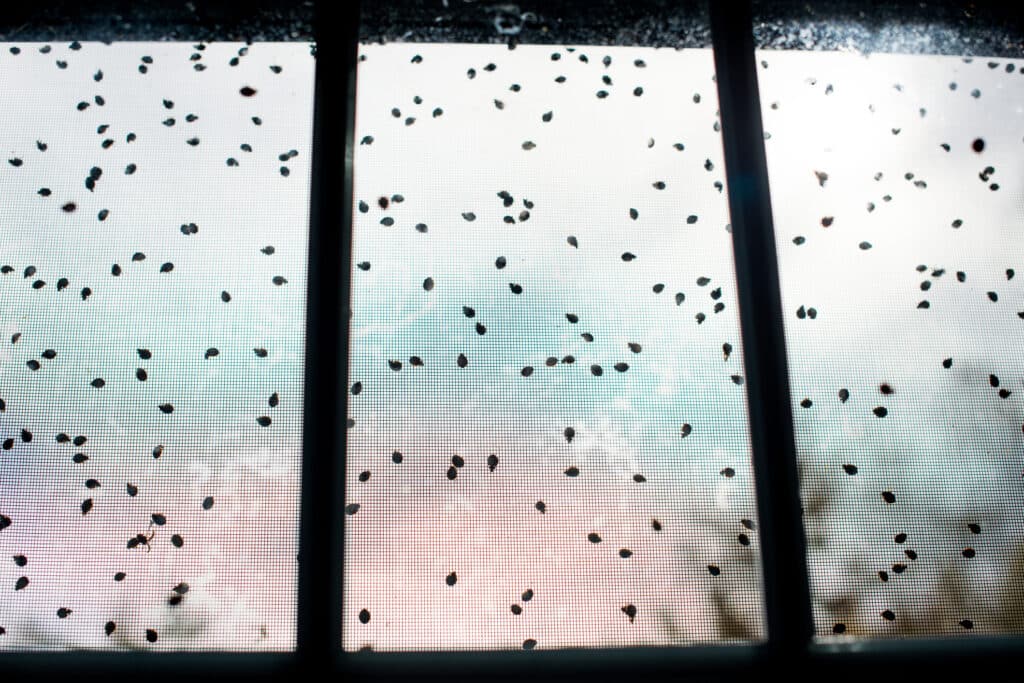
Types of Lady Bug Species | Pest ID Guide
Quick Facts About Lady Bugs
Ladybugs, also known as lady beetles, are brightly colored insects belonging to the family Coccinellidae with over 5,000 different species worldwide. These beneficial predators are known for their distinctive spotted appearance and are often welcomed by gardeners for their appetite for plant-damaging pests.
- Size: Generally 0.2 to 0.4 inches (5-10mm)
- Color: Range from red, orange, yellow to tan, with various spot patterns
- Shape: Oval, dome-shaped
- Active Season: Spring through fall, seeking shelter in winter
- Lifespan: 1-2 years depending on species
- Reproduction Rate: Can lay hundreds of eggs during their lifetime
What Do Lady Bugs Look Like?
Ladybugs are small, dome-shaped beetles with hard, protective wing covers called elytra. While many people recognize the classic red ladybug with black spots, their appearance varies significantly between species. They have six legs, short antennae, and a small head that’s often partially hidden beneath their pronotum. Their bright coloration serves as a warning to predators, as ladybugs can secrete foul-smelling and bitter-tasting droplets from their legs when threatened.
Key Lady Bug Features
- Distinctive dome-shaped body covered by colorful elytra (wing covers)
- Spot patterns and numbers that vary by species (from zero to many spots)
- Contrasting colors between body and spots (typically bright body with darker spots)
- Small black head, sometimes with distinctive markings
- Six visible legs and short antennae
- Size typically between 5-10mm in length
Types of Lady Bugs in Tennessee
Convergent Lady Beetle (Hippodamia convergens)
One of the most common ladybugs in North America, identifiable by their bright red elytra featuring 12 dark spots. These beneficial predators primarily feed on aphids and other soft-bodied insects, making them valuable allies for farmers and gardeners protecting crops from pest damage.
Seven-Spotted Lady Beetle (Coccinella septempunctata)
As their name indicates, these ladybugs display seven distinct spots on their red elytra—three on each wing and one spot that straddles both wings. Common throughout Tennessee and much of the United States, this species was originally native to Europe but has become well-established in North America.
Asian Lady Beetle (Harmonia axyridis)
Introduced from Asia in the early 20th century as a biological control agent, this species has become one of the most prevalent types of lady bug in Tennessee. Their coloration ranges from tan to orange to bright red, with spots varying from dark to faint. They can be identified by the distinctive white and black M-shaped marking on their head. Unlike most native species, Asian lady beetles are more aggressive and may bite humans or pets.
Other Notable Species
Tennessee is home to several other ladybug species including the three-banded lady beetle, twenty-spotted lady beetle, eye-spotted lady beetle, and orange-spotted ladybug. Each features unique coloration and spot patterns that help with identification.
Health & Property Risks
Health Concerns
- While most ladybugs are beneficial, some species can cause mild issues.
- Asian lady beetles may bite when handled, causing minor irritation
- Secretions from threatened ladybugs can cause allergic reactions in sensitive individuals
- Large indoor infestations may trigger respiratory issues for those with asthma or allergies
Property Damage
- Ladybugs rarely cause significant property damage, but their presence can create other issues.
- Yellow secretions can stain walls, furniture, and fabrics
- Large indoor infestations can be disruptive to home environments
- Accumulations of dead ladybugs may attract secondary pests
Where to Look for Types of Lady Bug in Your Home
During warmer months, ladybugs are typically found outdoors in gardens and on flowering plants where they hunt aphids and other prey. As temperatures drop in fall, certain species—particularly Asian lady beetles—may seek shelter inside homes. They commonly enter through cracks around windows, doors, or siding, and congregate in sunny, warm areas such as windowsills, light-colored walls, and attics.

When to Call Professional Help
While ladybugs are generally beneficial in gardens, large indoor infestations—particularly of Asian lady beetles—may require professional intervention. If you’re experiencing significant numbers entering your home each fall, or if you’re unable to identify which species is causing problems, professional pest control services can provide accurate identification and targeted solutions.

